Fuji X-Pro3, or: How I Learned to Stop Worrying and Love the Bomb
![]()
I was lucky enough to attend the local launch event of the Fujifilm X-Pro3. After spending half a day with the camera, I was surprised to see myself enjoying it so much after being somewhat critical of the concept.
Full disclosure: The camera has been provided to me by Fujifilm Turkey. No, I didn’t get to keep it. Yes, I would very much like to keep it but surprisingly, no, I’m not going to buy one in the foreseeable future.
![]()
If you’re reading this, you probably have already heard about X-Pro3… which means you have probably already heard of what makes it so special that it’s called one of the most controversial cameras.
![]()
Just in case you still haven’t noticed what’s so different about it: X-Pro3 has a hidden rear screen that you can’t swing around to use like a normal camera. Flipping it down works and it’s great to use at the waist level this way (unless you’re shooting in portrait orientation, where your hand will block the LCD until you get used to the handling) and you can flip it down fully and use it more like a conventional digital camera, or like a smartphone.
It’s just that when you close the hinge back up, it’ll stay hidden.
![]()
![]()
Enough has been said about the rear LCD by pretty much everyone on the Internet in articles, reviews, and comments (or maybe apparently not since I’m about to join on the bandwagon). And it will change nothing. The X-Pro3 is here. It has a hidden rear LCD. And as pretty much everyone has figured out, it’s not a camera for everyone.
So easy to say, isn’t it?
If you don’t get it, it’s not for you.
![]()
![]()
![]()
Well, the X-Pro family was never made to please everyone and that is mostly due to how unique the whole concept was from the start. If you’ve been living under a rock for the past 10 years or so, I’m talking about the optical/electronic hybrid viewfinder introduced with the X100 back in 2011.
Even with all the bugs and quirks of the X-Pro1, this line of cameras gained a significant fanbase from day one and people have been using them to make great images since then. You can even say it’s earned a cult following, just like some particular film cameras. And now Fuji is making an even stronger callback to those models using the iconic titanium-colored finish.
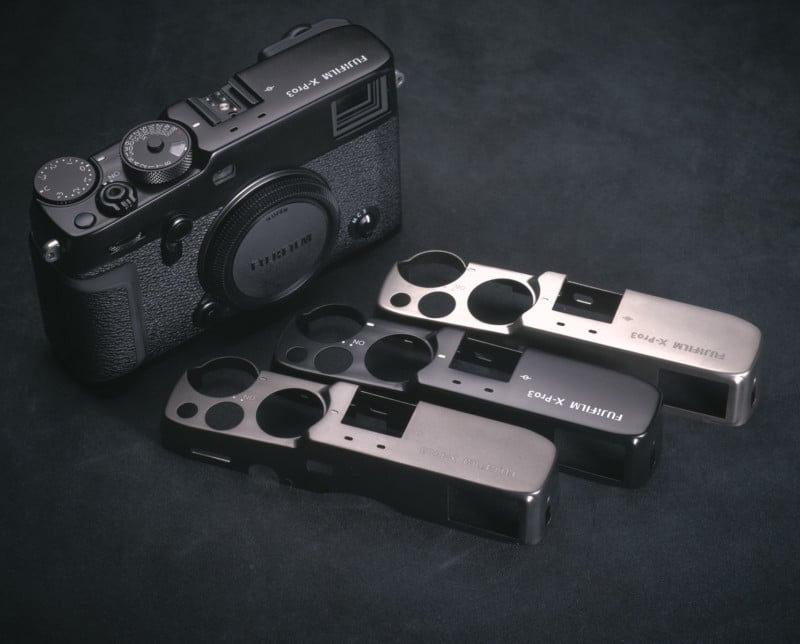
And if you’re thinking that I’m about to compare how much the X-Pro3 feels like a film camera, you’re right. But the approach I’m going to take here will be different than the usual great-tactile-feel-and-physical-dials copy-pasta.
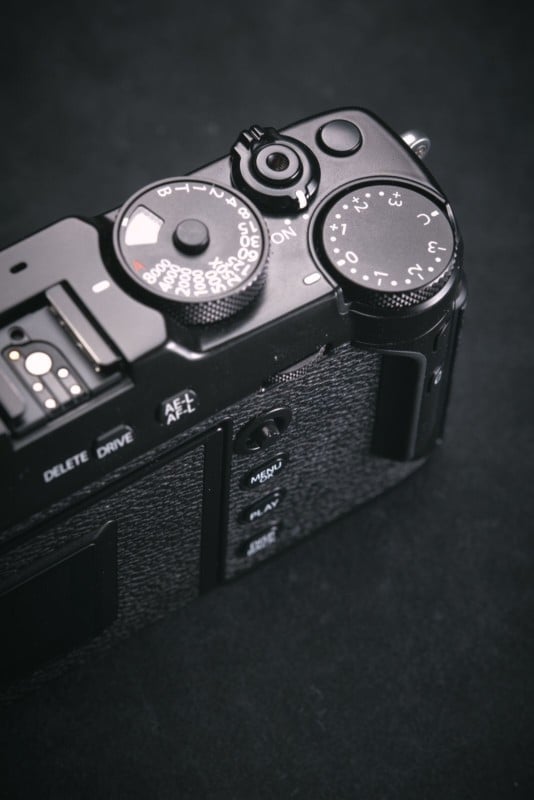
![]()
The X-Pro3 reminds me of a film camera because it gives me the chance to choose a camera body with different ergonomics that is better suited for a certain shooting style while being able to use any lens from their lineup and get the same image quality as their workhorse camera (X-T3) or its cheaper sibling (X-T30).
Let me put this another way.
Just like back in the film era when the image quality was affected only by the film and the lens, the choice of your camera body from the same generation of Fujifilm cameras only matters to the way you shoot. Either way, you are getting the same great images from the same great sensor, using their fantastic lenses.
![]()
I can’t think of any other manufacturers capable of pulling this off right now. Nikon tried it. Remember the Df? Not many people want to. Sony has been doing the exact opposite with almost all their cameras sharing the same ergonomics and body style but with different internals. Canon shares most of their internals between their mirrorless and DSLR lineup, but to me, it feels like both those body styles want to achieve the same thing at similar price points.
![]()
![]()
![]()
Time to go into the specifics. I want to talk about how it felt to use and why I ended up craving one, and I’ll simply skip the spec sheet. As I’ve said, the great sensor and more importantly, great lenses together build a pretty capable system. Unless you have very specific needs, all Fujifilm cameras of this generation are capable of handling almost any situation you throw at them.
![]()
![]()
The main selling point of the X-Pro3, the OVF, has received a very significant… upgrade? Can we call it that? The viewfinder is optically clearer than ever and most people mention X-Pro2 to feel like wearing smudged glasses in comparison but in return, you lose the ability to optically zoom in and out to adapt various focal lengths. That’s why I‘ve been struggling to call this a straight-up upgrade — this is more of a design change.
I was a bit upset to learn about this since I quite like the Fujinon 16mm f/1.4, which offers one of my favorite focal lengths.
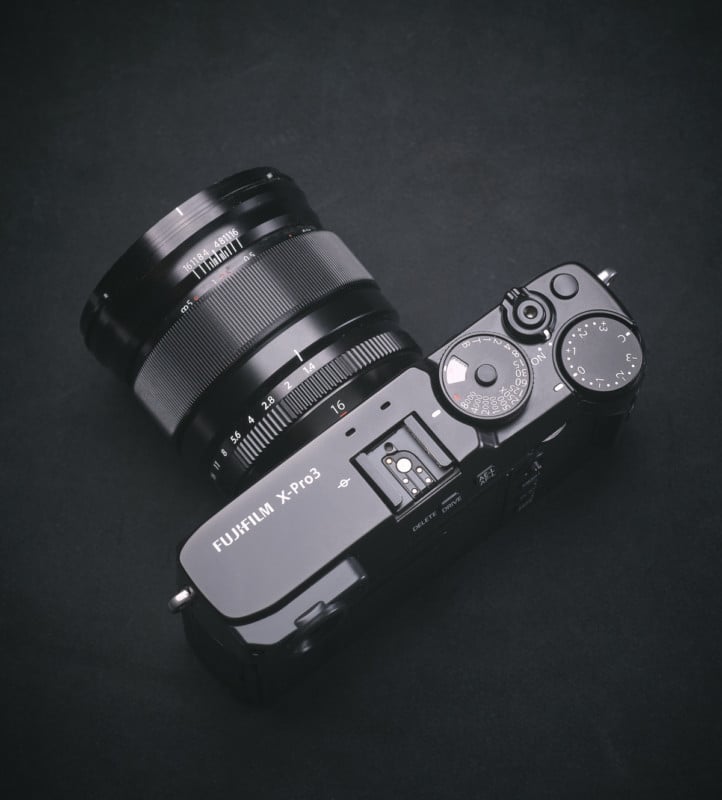
The silver lining is that you can still use 16mm lenses by judging the full view area of the optical finder, just like how you use a 28mm lens with a Leica M2 or M4. I found this way quite pleasing to use and this was the first step I took towards genuinely liking this camera.

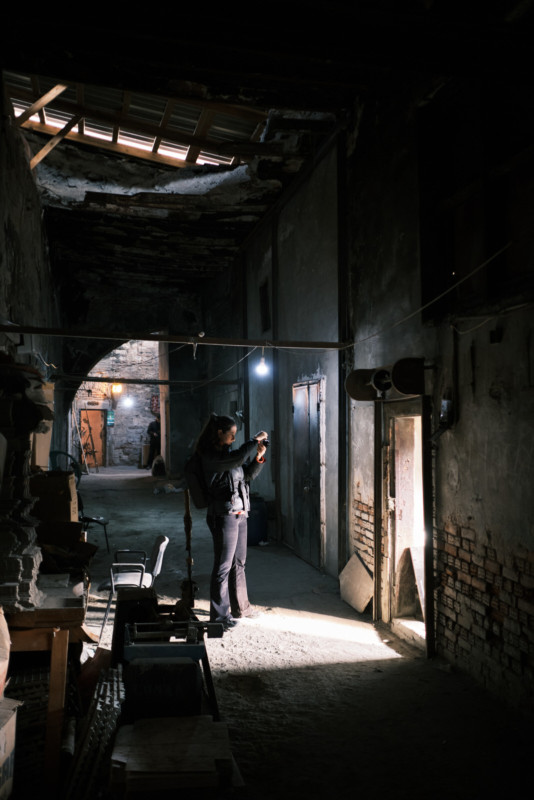
The second step was when I realized how good the EVF is in low light. At any time you can simply pull the lever in the front to engage and disengage the EVF, and in the Natural Live View mode and low light, it’s somewhat magical. You can still read about how optical finders are better than electronic ones in low light but Fuji has reached some new territory I haven’t seen before.
Where were we? Oh right, the rangefinder.
Except we weren’t, because this is not an actual rangefinder. However, it can sort of act like one. You can pop the small corner screen up inside the optical finder, a feature introduced with the X-Pro2. But this screen has received a noteworthy resolution upgrade and as a result, you can rely on it to check the critical focus by magnifying the focus area. This is useful in both autofocus and manual focus modes and especially if you turn the split focusing aid on, significantly shortens the time you spend turning the focus ring back and forth.
Spend some time with the right settings to remove all the electronic information displays cluttering the optical viewfinder mode and you’ll end up with one of the cleanest and non-distracting viewfinders you can get in a camera loaded with so much technology.
So, does it suddenly transform into a Leica M?
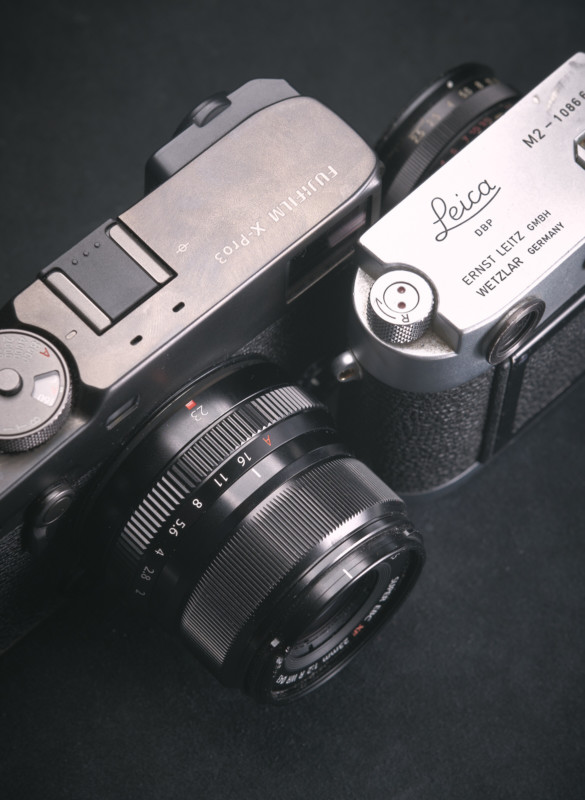
![]()
Both these cameras have corner positioned optical finders but using them is an entirely different experience. Some of the points I’m about to make are specific to this Leica M2 (my daily shooter for the past six months) being a fully mechanical film camera but even the latest M10-P series won’t feel anything like the X-Pro3.
Fuji feels much more like one of the late-90s or early-2000s film cameras than a fully mechanical rangefinder. And that’s neither an insult nor a bad thing at all.
![]()
It has a way more advanced metering system, it has autofocusing lenses with manual override, it can shoot video, it can switch to EVF mode to unlock through the lens image viewing, it can display the last image you shot (either in full EVF mode or just in the corner without switching away from the optical view), and, assuming you have bothered to set them up, the X-Pro3 has custom modes that you can register and easily recall for different shooting scenarios.
Yes, you get the same body style and viewfinder location and clean view (if you bother to set your X-Pro3 up for it) but the Fuji is capable of so much more than any Leica M camera could ever dream of. Fuji is nowhere as refined and focused as an M, as it has so much more going in the background. Yet all these technical background tasks are mostly taken away from your sight and most of the time, I felt like I was using my Minolta Dynax 7 (or think of a Nikon F6, Canon EOS 1V or 3, you got the idea), a camera that you can easily rely on to take care of all the technical tasks and leave you alone until you ask to step in for some especially tricky and complicated lighting situations.
![]()
Fuji’s X-T line (and the X-E line… still waiting for the X-E3 upgrade, Fuji!) has all these things as well. After all, they share a common bloodline and most of their internals. What the camera (and camera designers) should do is make those internals do their job and what you should do is learn to trust the gear you have and take care of the artistic variables while the camera gets out of your way.
![]()
And this is where the X-Pro3 sets itself apart from most conventional cameras. By design, it’s not really trying to make your job much easier. On the contrary, most of its features almost seem to have an aim to make your life harder.
You will have to learn to live with the parallax and predict where the focus point will be and how the actual framing will look. You will learn to predict when the right moment will be to take the shot as you see even outside the frame uninterrupted through the finder. You will either hope that the camera will focus and meter correctly or you will have to predict when those features will fail and when you need to take over and nudge them in the right direction.
Trust me, this thing really isn’t foolproof and you’ll have to learn to work your way around all these shortcomings.
![]()
And when you do, it’s such a rewarding experience. Not because the sensor has a fantastic color response or 16 (or whatever) stops of dynamic range. Because you’ve just overcome some challenges and took the shot you intended to take. Surely you could’ve taken the same shot with almost any other camera (and especially with any other Fuji), but with the X-Pro3 there’s not much space for laziness that you could’ve gotten away with while using another camera.
You have to be quite involved with the decision making and that forces you to become a better photographer.
For some people, this lack of safety nets makes the whole experience more fun as the joy of conquering a challenge is a human feeling. For others, maybe it’s not interesting at all or it’s just pointless to have those hindrances in a camera design in the first place. Why not just get the X-T3 or any other digital camera? Why not just shoot film and enjoy even more “shortcomings”?
![]()
![]()
![]()
Because the world is not black and white and neither is the X-Pro3 (Insert joke about a monochrome X-Pro model here). Somewhere in the gray areas between those extremes lives the X-Pro3. With three different choices of gray finishes.
![]()
So, why am I not buying one in Durasilver right now?
Is it because it gathers fingerprints like no camera ever made? Buying the ordinary black one would’ve solved that (and save some money as well). Is it because I occasionally turn the camera on, raise it up and look at the backside, waiting for the LCD to turn on only to realize it’s nowhere in sight? No. This hasn’t happened in a while.
I also no longer forget the LCD in a semi-open position and try to raise the camera to my face only to hit myself in the mouth with the LCD, but those first few days were funny. You should see the look on people’s faces on the street when they expect to get their photo taken but the photographer suddenly decides to bite their camera instead.
Is it because even though Fuji has a great Q-menu and a custom setting recall that lets you save even the direction you want the focus ring to turn, it won’t let you save the ISO settings?

This has been very annoying and I’m hoping Fujifilm reviews their whole menu system and rectifies some small but annoying issues like these. But if even this is not the answer, what is it? Is it because the film-box style display in the rear lacks a remaining shot and battery life display and there’s no easy way to figure those out while you’re using the camera unless you find a way to display that crucial information somewhere?
No. It’s simply because I can’t afford to at this point. I need a new camera and it’s most probably going to be the X-T3 because I urgently need a new workhorse. Most of my professional work these days requires me to use the camera on a tripod and the X-Pro3 doesn’t really like tripod use all that much. Not that I haven’t tried.
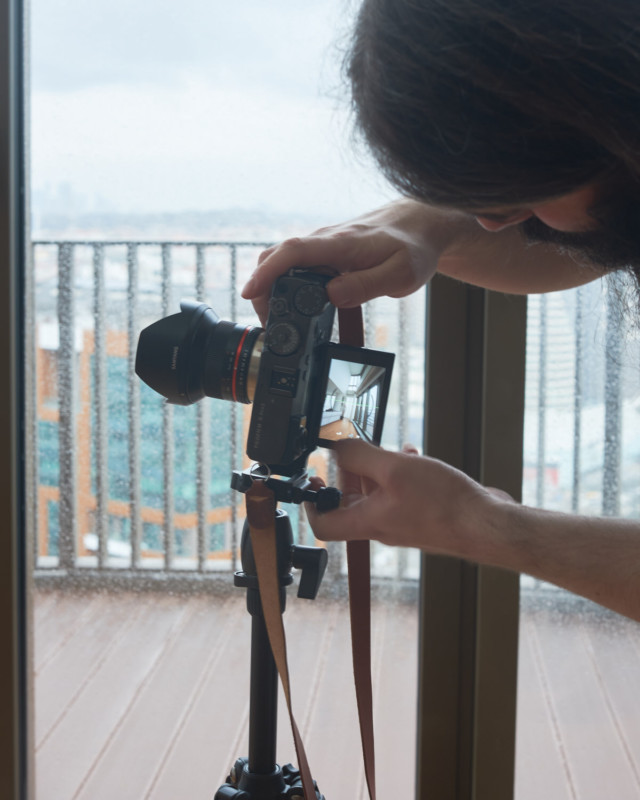
![]()
![]()
I knew that it wasn’t meant for me. I walked into the launch event to just handle the camera for a few hours and wasn’t expecting to enjoy it so much. Especially in the first days after the event, I was still imagining myself turning the prototype camera back in and not missing it.
![]()
As it turns out, X-Pro3 really isn’t for me. But I think I do get its point.
About the author: Can Çevik is a professional product and architectural photographer based in Istanbul/Turkey. The opinions expressed in this article are solely those of the author. You can find more of his street photography on Instagram.